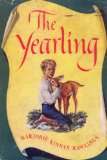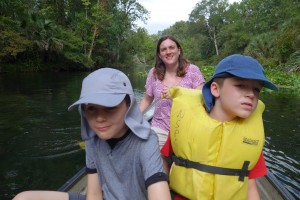Five words from the blurb: body, garage, puzzle, 1930s, village
I used to live near Cockermouth, Cumbria so when I saw Margaret’s post on The Lake District Murder I immediately reserved a copy from the library. I’m so pleased I did as it contains some wonderful information about what it was like to live in the area in the 1930s.
The book begins with the discovery of a body in the village of Braithwaite. It initially looks like suicide, but the police soon find a number of inconsistences and launch a murder inquiry. It is a quaint, gentle story with none of the action or violence you’d find in a typical crime novel today; instead it shows the simple, methodical way in which crimes were investigated nearly a century ago.
The slow pace of the story and the lack of any real action would normally be a big problem for me, but this book managed to capture my attention with the period detail. I loved reading about catching a train from Keswick to Cockermouth (the line closed in 1964) and it was interesting to read about the shops present on Cockermouth Main Street back then. If anything these little details weren’t enough – I’d have liked to discover more about what was present in the towns back then.
Shortly after ten he swung right off the Braithwaite road and headed for Bassenthwaite lake.. About a hundred yards beyond the turning which led to Braithwaite station, he drew up at the roadside and consulted his Bartholomew’s map. He reckoned Jenkin Hill to be a little over a mile ahead, at which point the railway line was shown as being some three hundred yards away from the road. This fact was of vital importance to Meredith, as he knew there was a Cockermouth train due in at Braithwaite station at 6.25 on Saturday evening,
I think I’d have found the book boring if I hadn’t such a strong bond with the setting – the solution to the mystery wasn’t that interesting, the characters all seemed so similar that they merged into one, and there wasn’t any real forward momentum. I’d read another of his books if it was set in the same area, but his otherwise his writing style was too gentle for me.

.

















